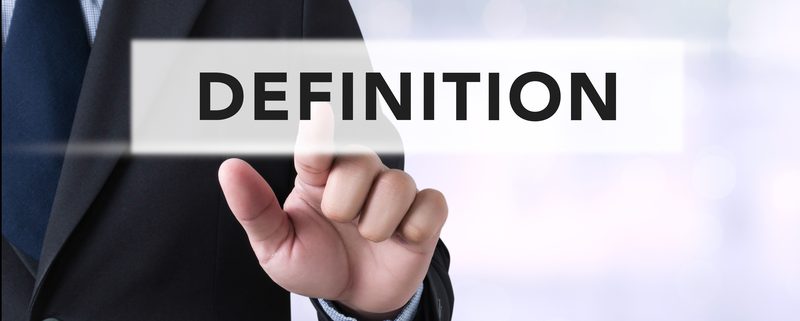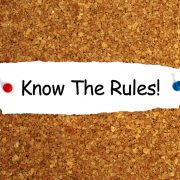What is a Self-Directed Retirement Plan?
Most people know that they’re ultimately responsible for their retirement plan—even if they don’t take action on it. For many, a retirement plan is something to put in the back of their minds—something for later in life. They trust their employer-sponsored 401(k), for example, and contribute to it. But for others, a more direct approach is necessary. That means taking control of the reins, choosing what goes into the retirement plan, and working that strategy themselves. They can do so with a Self-Directed Retirement Plan.
There’s just one question: what is a Self-Directed Retirement Plan, exactly?
The Definition of the Self-Directed IRA
A Self-Directed Individual Retirement Account, or a Self-Directed IRA, is any type of IRA in which you hold alternative asset classes by working through a Self-Directed IRA administration firm or similar entity as the custodian on the account. In truth, there is nothing all that different about this arrangement of IRAs, because you are always working through an administrator of some sort. It’s just that with a Self-Directed IRA, you’re taking more direct control over this relationship.
With a Self-Directed IRA, you’ll control who you seek out. For example, if you were to approach American IRA and create an IRA, you could then work with us to issue buy/sell orders in your retirement account. This might not sound very different than any other type of IRA, except for one big contrast: in working with a custodian like us, you would be able to issue buy/sell orders in the worlds of real estate, precious metals, and more. In other words, a Self-Directed Retirement Plan enables you to invest in the full range of retirement options available to you—so long as you stick to the rules of a Self-Directed IRA.
What are the Rules of a Self-Directed IRA?
When you hear about this style of investing, it’s natural to wonder about the rules. The simple fact is, the same rules apply to all retirement accounts—it’s just that when you control your IRA more directly by working with a Self-Directed IRA administration firm, you’ll have to be more aware of them. For example, one simple rule is that you can’t rent out a real estate property your IRA owns to someone you know—or even yourself. When you’re investing in a so-called “regular” retirement account and owning stocks and bonds, you don’t have to worry about these issues—after all, you’re simply buying stocks and bonds.
For that reason, it’s important for investors with a Self-Directed Retirement Plan to know their limits. One example of this is the real estate anecdote listed above. Or you may not know about the specific storage requirements of precious metals that you hold in your Self-Directed IRA—you have to hold them in an insured approved depository to keep the precious metals separate from your personal items. It’s little rules like these that don’t sound important when you don’t have a Self-Directed Retirement Plan, but can make all of the difference.
Is It Time for a Self-Directed Retirement Plan?
There is no single “retirement plan” made for all of us. A Self-Directed IRA Retirement Plan doesn’t pretend it is. In fact, it’s not even an official term. It’s simply the broad term you can use to talk about your retirement strategy when you incorporate a Self-Directed IRA in your portfolio. Are you interested in learning more? Now’s the time to reach out. Give us a call at American IRA by dialing 866-7500-IRA today, or keep browsing our website to learn all about self-direction and how it works.








